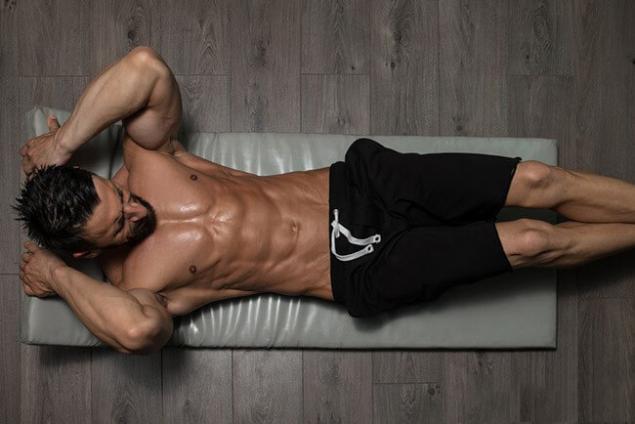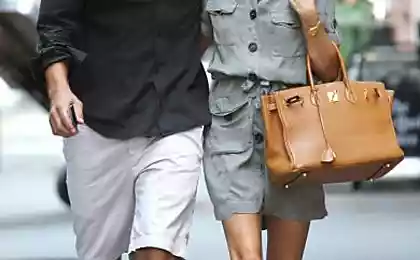518
Properly swing press: 5 major technical errors
The most popular way to pump up the cubes on his stomach is twisting. However, this exercise is not as simple as it may seem. If you do it wrong, the desired result will not be. In this article we will look at the five most common mistakes that prevent a perfectly flat stomach.

Problem 1: you rise too high
Twisting - ups is not the body. When you go too high, you transfer the load from the rectus abdominis muscle on the hip flexors.
How to fix it
Focus on moving the ribs towards the navel. Lift the chest just a few centimeters - enough to stomach voltage
. Problem 2: You are moving by inertia
You get less effect from twisting if in a hurry too. At the same time your movements are carried out at the expense of the pulse, rather than force, while the joints and get back excessive load and can even be damaged.
How to fix it
Ensure that the movements were smooth. At the end of each twisting linger back on the floor. Slow down before you take the next repetition.
Problem 3: You jerks neck
You do not want to help you curl your hands? Moreover, it is not necessary to transfer some of the load on the neck.
How to fix it
Imagine that during the entire twisting between the chin and chest clamped apple. This will ensure the correct position of the neck. You can also cross his arms or fingers are positioned around the ears (elbows at the same point the forward).
Problem 4: do you relax when descend
Many are working vigorously on the way up, and then relax on the way down. If you do the same, then do exercise is only half.
How to fix it
Squeeze your abdominal muscles while moving up and just keep this tension while moving down. Focus on how to slowly lower the body, not to throw it.
Issue 5: You hold your breath
Depriving the body of oxygen, you get significantly less of twists.
How to fix it
Exhale during the upward movement, and you will automatically inhales during the downward movement. Bonus: intense exhalation during twisting will also use deep abdominal muscles
. Author: Pauline Koshkadelik

Problem 1: you rise too high
Twisting - ups is not the body. When you go too high, you transfer the load from the rectus abdominis muscle on the hip flexors.
How to fix it
Focus on moving the ribs towards the navel. Lift the chest just a few centimeters - enough to stomach voltage
. Problem 2: You are moving by inertia
You get less effect from twisting if in a hurry too. At the same time your movements are carried out at the expense of the pulse, rather than force, while the joints and get back excessive load and can even be damaged.
How to fix it
Ensure that the movements were smooth. At the end of each twisting linger back on the floor. Slow down before you take the next repetition.
Problem 3: You jerks neck
You do not want to help you curl your hands? Moreover, it is not necessary to transfer some of the load on the neck.
How to fix it
Imagine that during the entire twisting between the chin and chest clamped apple. This will ensure the correct position of the neck. You can also cross his arms or fingers are positioned around the ears (elbows at the same point the forward).
Problem 4: do you relax when descend
Many are working vigorously on the way up, and then relax on the way down. If you do the same, then do exercise is only half.
How to fix it
Squeeze your abdominal muscles while moving up and just keep this tension while moving down. Focus on how to slowly lower the body, not to throw it.
Issue 5: You hold your breath
Depriving the body of oxygen, you get significantly less of twists.
How to fix it
Exhale during the upward movement, and you will automatically inhales during the downward movement. Bonus: intense exhalation during twisting will also use deep abdominal muscles
. Author: Pauline Koshkadelik
Depression is canceled - the practice 3 good things
5 drinks that will help improve their health and lose weight
























